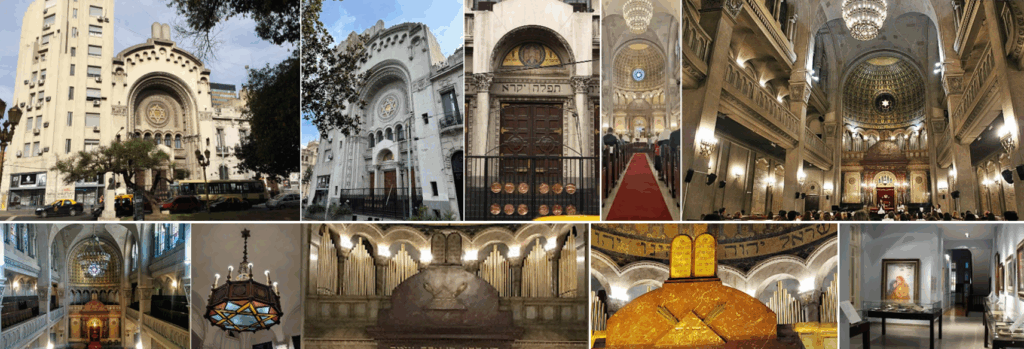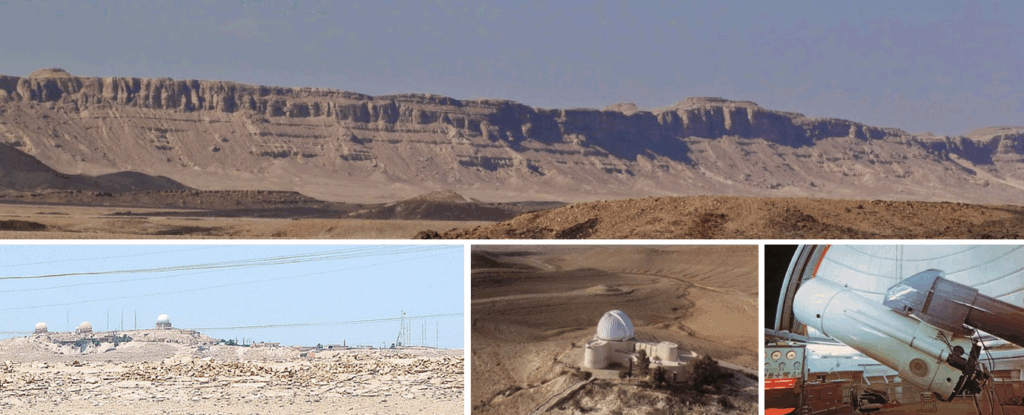
Lekh Lekha (לך לך – Go for yourself / Go towards yourself)
Genesis 12:1–17:27 • Isaiah 40:27–41:16
God commands Abram to leave his homeland for an unknown destination, sealing a covenant based on three promises: a land, descendants, and a universal blessing. Abram and Sarai become Abraham and Sarah[1], and circumcision becomes the sign of this covenant. The haftarah from Isaiah confirms that God supports Israel, even in exile.
Genesis 12:2
וְאֶעֶשְׂךָ, לְגוֹי גָּדוֹל, וַאֲבָרֶכְךָ, וַאֲגַדְּלָה שְׁמֶךָ; וֶהְיֵה, בְּרָכָה.
וַאֲבָרְכָה, מְבָרְכֶיךָ, וּמְקַלֶּלְךָ, אָאֹר; וְנִבְרְכוּ בְךָ, כֹּל מִשְׁפְּחֹת הָאֲדָמָה.
I will make you into a great nation, I will bless you, I will make your name great, and you will be a blessing. I will bless those who bless you, and whoever curses you I will curse; and all the families of the earth will be blessed through you.
“Am Yisrael ‘Hai,” proclaimed Javier Milei[2] in June 2025, concluding his speech at the Museum of Tolerance in Jerusalem[3], in front of numerous Israeli and international dignitaries. On this occasion, President Isaac Herzog presented him with the 2025 Genesis Prize[4], and Rabbi David Hanania Pinto blessed him.
The Argentine Jewish community numbers over 220,000 members. The central synagogue, Templo Libertad, founded in 1897, is the oldest in the country. It was renovated in 1932 under the direction of Alejandro Enquin[5], thanks to community funding and support from the JCA[6]. The building combines neo-Romanesque style with Byzantine influences, featuring rounded arches, a central dome, and colorful stained glass windows. It also houses a Walcker organ[7]. The synagogue is home to the Jewish Museum of Buenos Aires, which preserves ritual objects, archives, and testimonies of Argentine Jewish history. Templo Libertad is designated a National Historic Monument.
[1] The name changes symbolizes a spiritual transformation: Abram (אַבְרָם) becomes Abraham (אַבְרָהָם), and Sarai (שַׂרַי) becomes Sarah (שָׂרָה). The gematria of Abraham is 248, corresponding to the number of positive commandments. The added ה evokes the Shekhina and the breath of creation (Bereshit Rabbah 17:5).
[2] Javier Milei has been President of Argentina since December 2023 and advocates libertarian positions (reduction of state role, individual freedom, free market).
[3] The Museum of Tolerance in Jerusalem, inaugurated in 2023, is dedicated to intercultural dialogue and hosts diplomatic and educational events.
[4] The Genesis Prize was established in 2013 and first awarded in 2014. It honors a Jewish personality or ally of the Jewish people each year for contributions to humanity, Jewish culture, and the State of Israel. The prize is endowed with one million dollars and was initially funded by Russian philanthropists to promote Jewish values in public, cultural, and scientific spheres.
[5] Alejandro Enquin, a renowned Argentine architect, influenced Buenos Aires architecture in the 20th century. He designed several iconic buildings, including the Teatro Cómico (Lola Membrives) and the Sinagoga Mayor (Libertad).
[6] Baron Maurice de Hirsch, a 19th-century German Jewish financier and philanthropist, founded the Jewish Colonization Association (JCA) in 1891. Deeply committed to the Jewish cause, he used his fortune to support the emigration of Eastern European Jews to agricultural colonies, notably in Argentina, aiming to provide them with dignified living conditions and sustainable social integration.
[7] The Walcker organ is a prestigious instrument made by the German firm E.F. Walcker, renowned for its church and concert organs since the 19th century.





